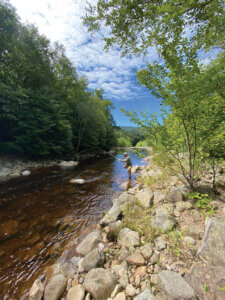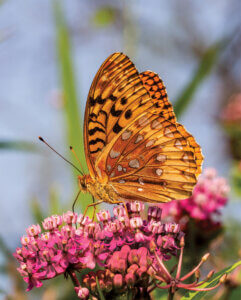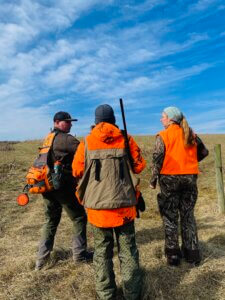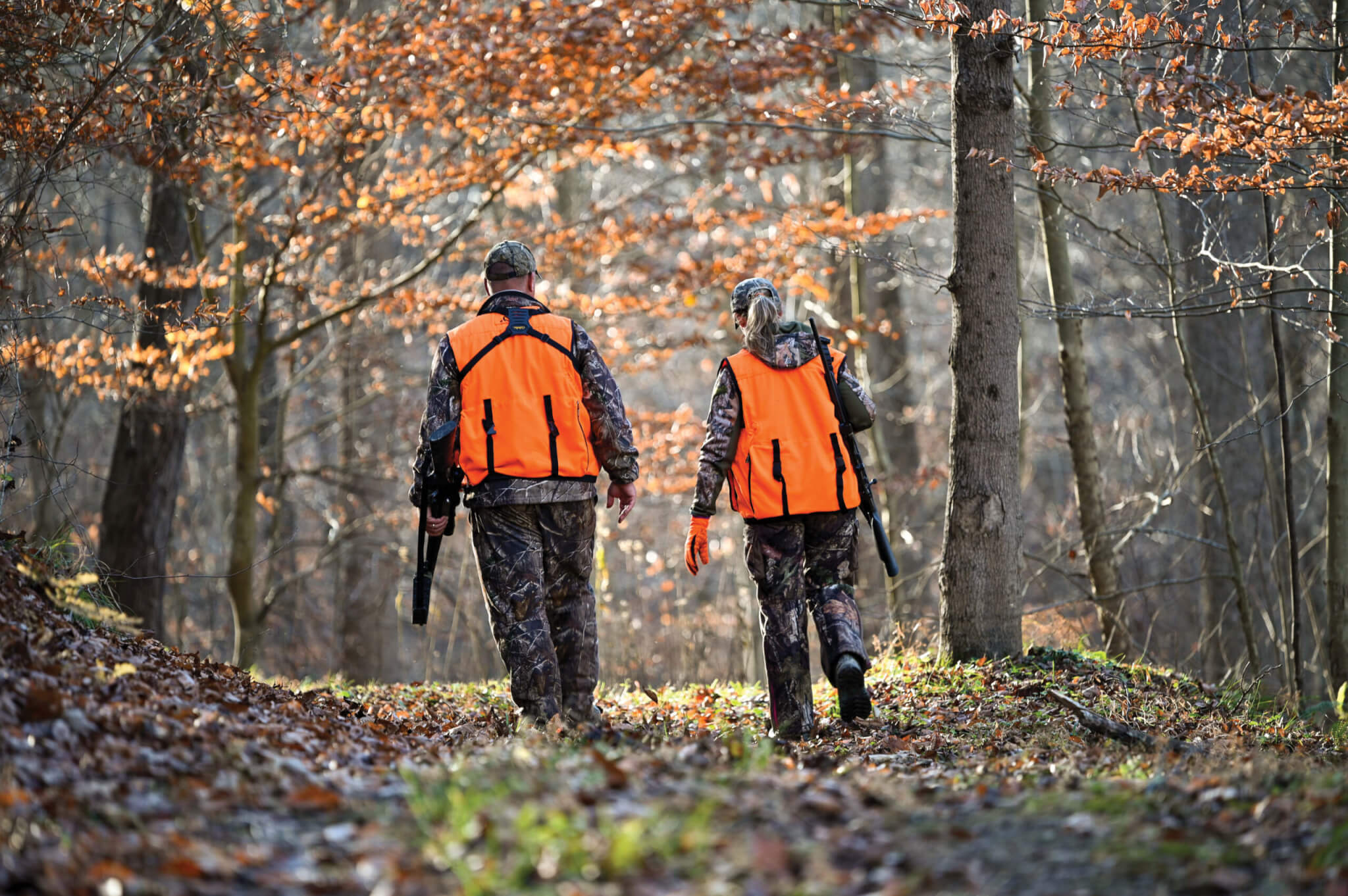
The West Virginia Natural Resources Commission has a long history of guiding the management and protection of the state’s natural resources.
This story was originally published in the January 2024 issue of Wonderful West Virginia. To subscribe, visit wonderfulwv.com.
Written by Stan Bumgardner
Photographs Courtesy of the West Virginia Department of Commerce
Each year, West Virginians eagerly await potential changes to our upcoming hunting, trapping, and angling seasons. Did you ever wonder how these decisions get made? They come from the Natural Resources Commission, which also provides advice and guidance to the director of the West Virginia Division of Natural Resources (WVDNR) on other matters.
Many state fish and wildlife agencies across the country have governing bodies with similar oversight responsibilities. Each February, WVDNR’s Wildlife Resources Section and Law Enforcement Section make recommendations to the Commission about bag, creel, size, age, weight, and sex limits for hunting, trapping, and fishing seasons. The Commission weighs that information versus public comments on the proposals, and then subsequently votes to establish these regulations. It also meets three other times a year regarding WVDNR’s various programs and studies.
Many decades in the making, our current system works well to regulate the state’s game and fish species.
A System Rooted in History
The Natural Resources Commission has been around with different names since 1921, when it was established as the Commission on Game and Fishing. Hunting and fishing laws had been on the books long before that, going all the way back to 1863, when we became a state. West Virginia’s founders just adopted Virginia’s old game laws, dating to 1849—too late to help certain species, such as gray wolves, elk, or bison, which had been overhunted by early settlers.
The West Virginia Legislature passed its own wildlife laws in 1869, banning hunting between February 14 and September 15 as well as the killing of some birds. The bird regulations were directed more at milliners than at hunters, as millions of birds were being killed annually just to make feathered hats. Beautiful plumage was a lucrative business, and could be a ruthless business—Colonel Bobby L. Cales, current WVDNR chief of the Law Enforcement section, notes that three of the nation’s first full-time game wardens were murdered by illegal feather traders.
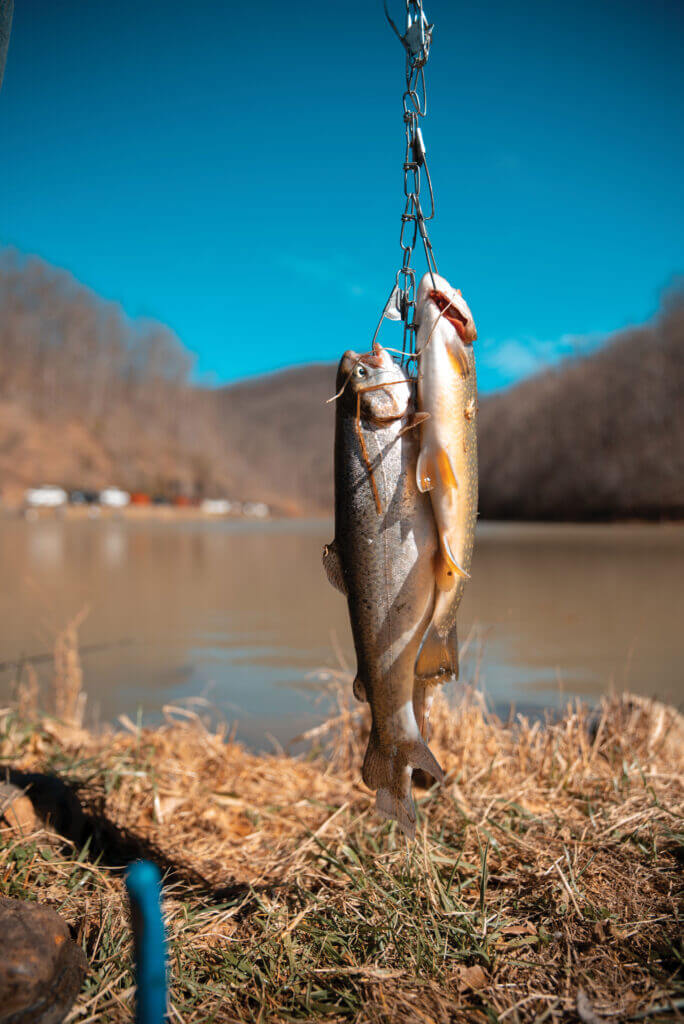
In 1882, the state outlawed the hunting or wounding of deer between January 15 and September 1, hunting on enclosed lands without permission, and catching fish with anything other than a hook, line, sinker, and bait.
While those early laws may have been well-intended, they came with no money for enforcement. That wouldn’t materialize until 1897, when the state hired a full-time game and fish warden—Captain Emery F. Smith of Hinton—in the midst of a nationwide conservation movement led most prominently by John Muir. The Legislature soon gave the warden authority to hire deputies, but their pay depended on the fines they collected. Full-time deputies wouldn’t come about until 1909.
Various agencies were shifted into and then out of the Game and Fish Commission over time, while overall, the Commission’s purpose remained largely unchanged. In 1933, Governor H. Guy Kump altered its name to the Conservation Commission in the midst of the New Deal’s conservation efforts.
In 1959, Warden M. Lane, the Conservation Commission director, identified some duplication of duties and proposed a reorganization. This huge change came into being as the West Virginia Department of Natural Resources in 1961. Ever since, its oversight body has been known as the Natural Resources Commission, with a primary mission to balance the needs of our wildlife and our people.
The original 1961 WVDNR legislation called for one commissioner to be chosen from each congressional district plus one at-large seat to make up the Natural Resources Commission. West Virginia had six congressional districts then, leading to a seven-member commission. Over the following 60 years, our congressional districts dropped from six to two. The commission, though, still had seven members, mostly chosen at-large. In 2021, six WVDNR districts were drawn to represent the entire state. The governor, with state Senate approval, now selects one person from each WVDNR district plus an at-large member.
Where Do The Dates and Limits Come From?
Back to the original question: How does the Commission determine precisely when hunting, trapping, and fishing should occur and how much you should take? Commissioners largely rely on WVDNR biologists to study past and current data, make complex science and math computations based on that data, and try to anticipate future trends. Chief of Wildlife Resources Paul Johansen emphasizes that “science is at the core of all our decision-making,” while adding that it’s actually a combination of “science and art.”
WVDNR wildlife biologist Colin Carpenter offers an example of how these recommendations are made: “For instance, we reconstruct the bear population using ages at harvest derived from teeth collected from each harvested bear. By reconstructing the population through time, I can see what the population trend was in the past.” Based on such data at the end of 2021, WVDNR biologists determined bear numbers had declined in certain areas, so the Commission slightly reduced the length of the 2022 bear seasons in these targeted areas.
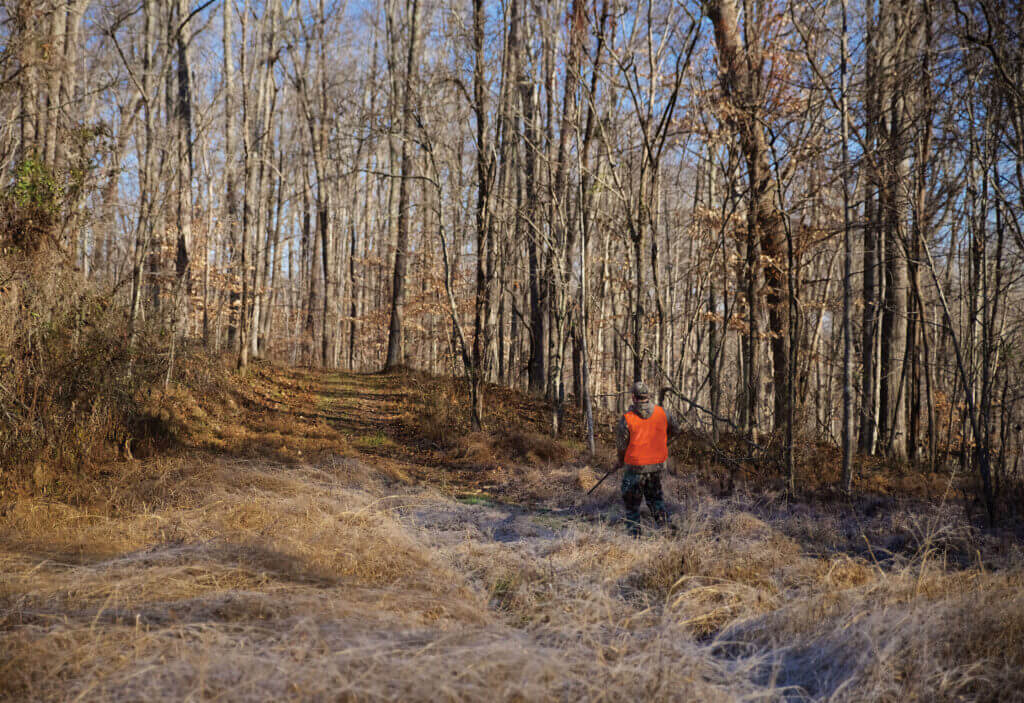
You might not think a government commission would be all that fascinated by bear population trends or black bass or muskie mortality. The commissioners, however, are outdoor enthusiasts who represent thousands of others from their districts. They are very interested in what the WVDNR professionals have to say. “Commission members actively engage with our biologists and our law enforcement staff on matters relating to seasons, bag limits, creel limits, and other matters important to sportsmen and sportswomen in West Virginia,” Johansen points out.
He believes the Commission is essential to conserving West Virginia’s natural resources by bridging WVDNR’s data with what people who love wildlife want. “This allows us to manage our fisheries and wildlife resources much more effectively,” he says.
Carrying Capacity
So, what’s the point of having a DNR or a Natural Resources Commission? Why spend so much time and effort tweaking game regulations a little here and there? To a great extent, it’s for everyone who loves the outdoors. But there’s a larger point. It’s about finding the right balance between our modern and natural worlds, which we share with wildlife. That balance is key to producing a better quality of life for us all.
That quality of life involves an economic component as well. “Deer hunters alone contribute $270 million annually to the state’s economy,” Johansen observes, while noting that people who love to watch beautiful scenery and wildlife also contribute millions in tourism dollars. These dollars circulate within the state’s rural economy and generate tremendous benefits.
In the biology world, the perfect population balance is known as carrying capacity. That’s the point at which a species has a sustainable population while not destroying its habitat. White-tailed deer, particularly females, are a great example. “It’s really important those population numbers are managed and maintained at an appropriate level,” Johansen says. “This is accomplished by setting antlerless deer hunting seasons that harvest the appropriate number of female deer from the population each year.” Just like with bears, season dates and harvest strategies may only change a little from year to year; however, the Commission’s management of those incremental adjustments helps maintain the proper balance and lets hunters know well in advance when to schedule time off work so they can hit the woods.
But to biologists, wildlife management is about a lot more than hunting and fishing seasons. Johansen thinks the most important role of the WVDNR and the Commission relates to the intrinsic value of all wildlife, especially in a state that prides itself on its natural environment. “They’re all important parts of what make West Virginia a special place.”
That doesn’t mean wildlife should repopulate in unlimited numbers. Overpopulation deprives animals of the resources they need to thrive. And deer and other wildlife can have negative impacts on our crops, forests, and—as many of us know all too well—vehicles. “We’re not just managing deer for the sake of deer. We’re helping to conserve this resource for all West Virginians,” Johansen says. “It’s a difficult task. It requires constant vigilance and good data. At the end of the day, we want to provide the best data possible to our commissioners so they can make their best decision, because they also understand the public perspective.”
Looking Ahead
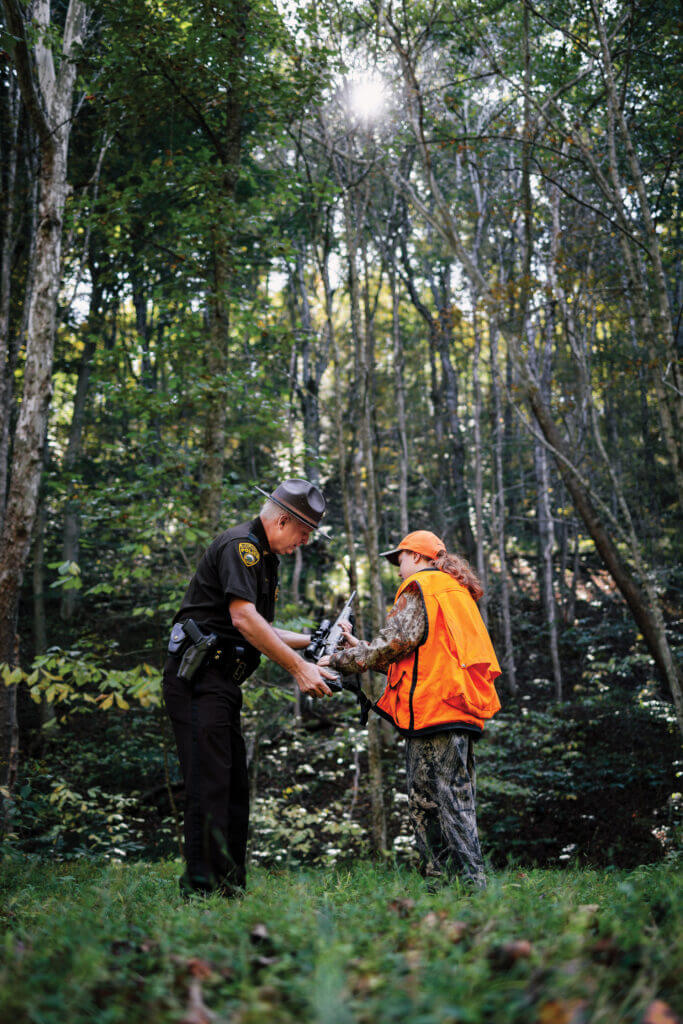
The Commission looks ahead to future challenges, too. A continuing issue in the 21st century has been a fairly steady decline in hunters and anglers. Some of this can be attributed to our declining and aging population, but it’s not unique to West Virginia—it’s happening across the country. Johansen suggests it’s because we have so many demands on our time and an endless selection of options for our free time.
That decline is creating a twofold problem. For one, WVDNR relies heavily on fees, such as hunting and fishing licenses, for much of its funding. As those numbers drop, the job of conserving our wildlife resources becomes all the more challenging. However, Johansen is just as concerned about the cultural aspects of losing our hunting and fishing traditions, which have so often brought family members and friends together.
To combat this trend, WVDNR has rolled out numerous programs to get young people more involved in fishing and hunting. Commissioners have solicited ideas from those they represent, brought their own programs to the table, and helped promote them statewide.
Johansen sums up the purpose of both the WVDNR and the Commission in general: “We want to make sure we’re addressing the needs and interests of those who hunt and fish but also those who just enjoy viewing wildlife.” The Commission, according to him, helps keep the agency most relevant to the people they serve.
Visit www.wvdnr.gov/natural-resources-commission to learn more about the state’s Natural Resources Commission, upcoming public meetings, and meeting agendas.
MEET THE MEMBERS
Seven commissioners make up the Natural Resources Commission—one from each state district and one at-large representative. Each role must be appointed by the West Virginia Governor to serve a four-year term. Here are our current commissioners:
Dave Milne, District 1
Jeffrey S. Bowers, District 2
Jerod A. Harman, District 3
Thomas O. Dotson, District 4
Gregory K. Burnette, District 5
Janet Hamric Hodge, District 6
Tennis F. Cook, At Large



